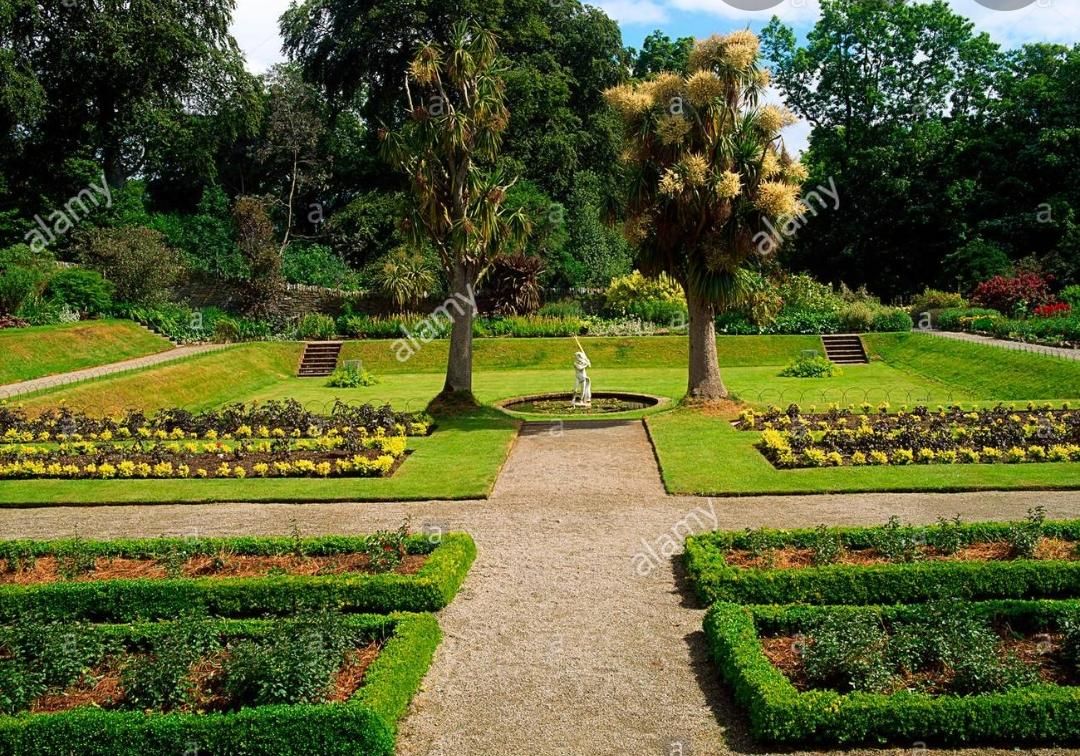
♥ between ambition and love ♥
Bridgerton
Introduction
A tribute to victorian fashion? To one's dreams?
Bridgerton is a new original Netflix series which was released during Christmas 2020 and since the beginning it has been in the top 5 most watched series on the Netflix platform.
The American series, created by Chris Van Dusen and produced by Shonda Rhimes, is based on the novel of Julia Quinn.
What astonished us has always been the absence of darkness, for what concerns elements like rain, industrialism, fogness and all the elements we are used to, when we think about victorian London. In this series UK's capital shines perpetually, but not everything is what it seems. Let's discuss in detail.

Plot, Main Characters
The story is set in London during the XIX century and tells the love affairsbetweentwo family, Bridgerton and Featherington.
Both families come from the high London society. In this period these two families try to find a good match for their daughters, the series revolves around Miss Daphne Bridgerton interpreted by Phoebe Dynevor and Simon Basset interpreted by Regé-Jean Page.
From the beginning the viewer finds himself catapulted into custums of the period, arranged marriages, scandal and love…
The series talks about these themes with irony, enthusiasm, showing a nice rythm, making the viewer reflect on the life style during period considered. Besides, it represents how women were treated, how society gives importance to appearances and not to real values.
We will find the protagonist who learns, grows by exploring herself and maturing.
Also clothes are very important, we can see beautifull dresses from the XIX century and we can appreciate the fashion of the period-
If you are looking for an entertaining series, Bridgerton has all the credential to keep you in front of the tv.


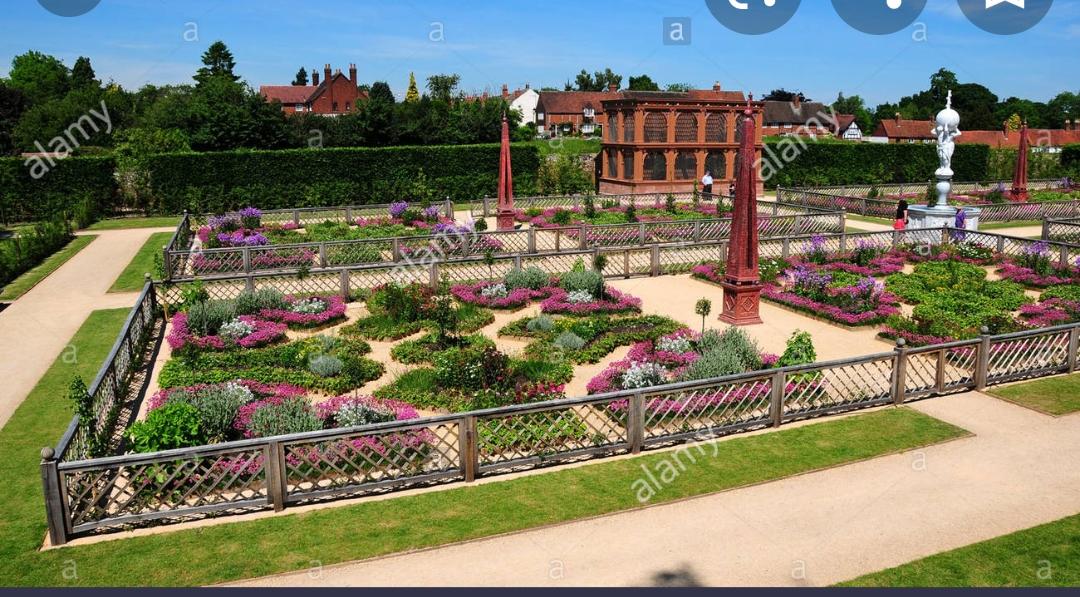

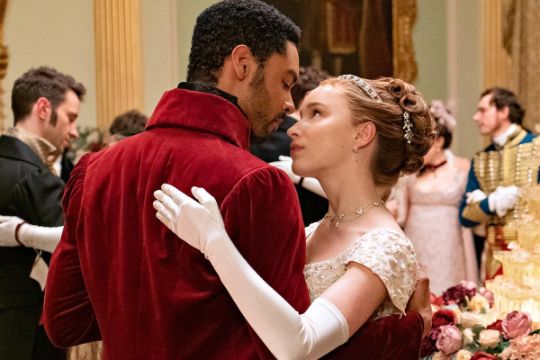
Women in victorian age
- During the Victorian Age upper class women were raised in order to find a good husband with an important name. The groom, usually older than his wife, used to be chosen by the parents of the bride with the purpose of improving her social status and preserving the image of the family. According to the conventional wisdom, women were only suited for household and motherhood and their priority was to love and respect their husbands, for whom they must remain pure until marriage. Women were totally submitted to their husbands, who after marriage gain all their money becoming their master. They were shown by their husbands like an accessory, as a symbol of their richness. The main interests of the society were appearance and social life. The Victorian Age was a controversial era: it was full of stereotypes and a strict moral code and, at the same time, of corruption.
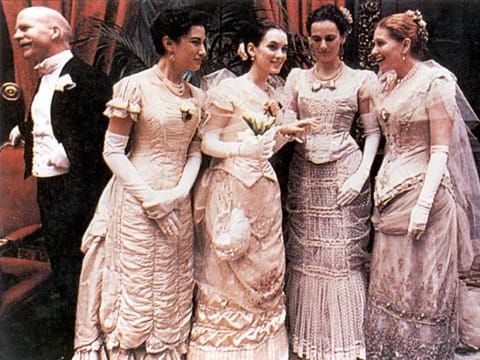

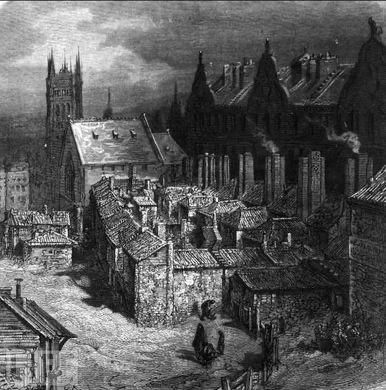
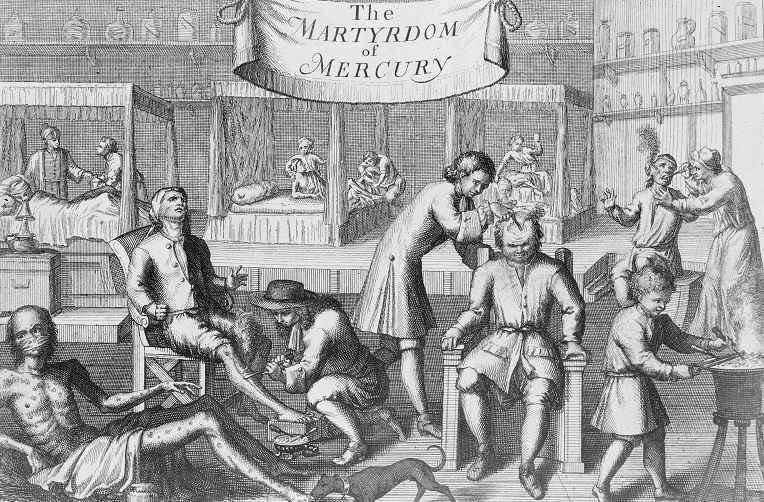


To be gentle, elegant and... sincere!
Bridgerton begins and, in its first moments, looks similar to any other costume drama about the life of the early 19th century English aristocracy. The sun shines on Grosvenor Square, some horse-drawn carriages advance on a glittering street, a gentleman wearing a showy top hat and carrying an elegant cane in his hands greets passers-by with a nod. And that's when you realize it.
The gentleman, of evident noble rank, is black; while the cheerful girl hugging him is white. An unusual scene for a costume drama set in 1823, revolutionary for the carefree naturalness with which it is portrayed.
Bridgerton looks like no other costume drama about the life of the English aristocracy of the early 19th century. The story that follows, which is developed in eight episodes lasting about sixty minutes each, ends up losingthispromising innovative charge by absorbing the honeyed narrative standards thatcharacterize the Regencynovels. Yet, thereissomethingthatdoesnot stop beingdifferent, intriguing, subversive. This "something" responds to the name of Shonda Rhimes.
Bridgerton, for days in first place among the most popular titles on Netflix, is in fact the first TV series created specifically for this streaming platform by Shondaland. Of these works, Bridgerton recalls the unscrupulous style. And there are numerous marks left by what many critics have codified as “The Rhimes' style”.
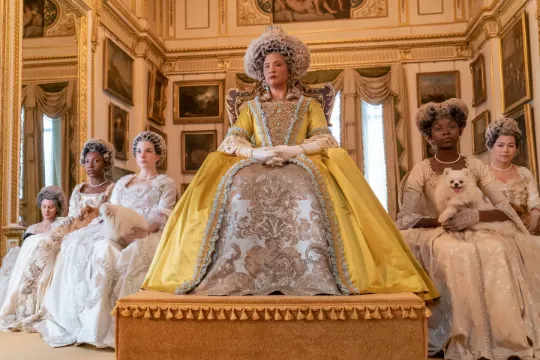
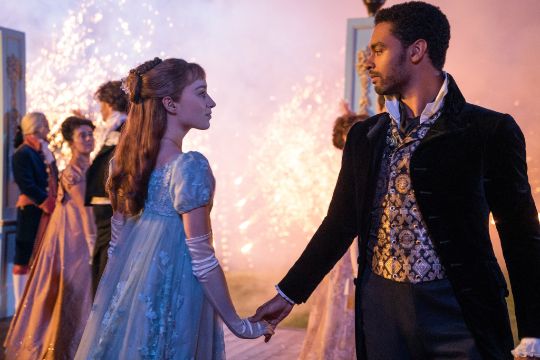
Between love and dreams
Another very important and innovative aspect is the special attention paid to the theme of inclusiveness.
The plot revolves around the events of an imaginary nineteenth-century multi-ethnic society, where nobles and royalty are also played by black actors. An idea that has its roots in the hypothesis of some historians that Charlotte, the wife of King George III, was the direct descendant of a black branch of the Portuguese royal family through Margarita de Castro y Sousa.
Chris Van Dusen, creator of Bridgerton, explained that tapping into Queen Charlotte's purported mixed-race ancestry allowed him to "reimagine a more inclusive society and portray it on a show where blacks hold equal title and power to their white counterparts. ".
We talk about color-blind casting to describe the choice of bringing actors of different ethnic groups to the screen, with the utmost respect for the value of diversity and at the cost of penalizing the likelihood in the name of inclusiveness.
An important stance that, however, does not affect Bridgerton's disengaged vocation who, hopping from one gossip to another, builds itself as a fearless and ostentatious hymn to frivolity without fear of tripping over clichés, banalities or inconsistencies. And indeed it brazenly treads its hand on the stereotyping of the characters, giving weight to their evolution on the social stage rather than to their emotional growth.

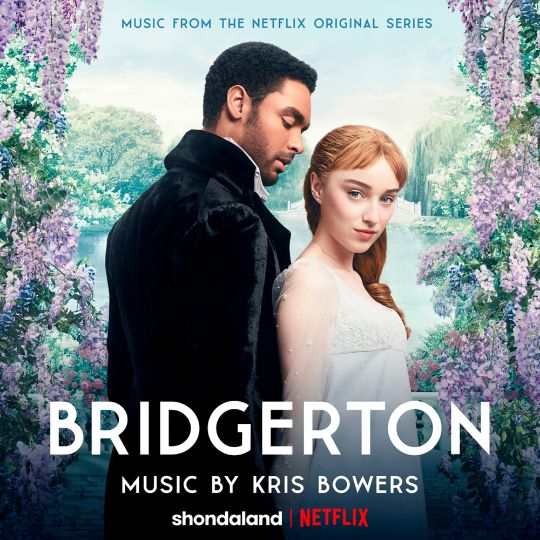
credits
With the contribution of: Francesca Di Stefano, Claudia Bonini, Bjork Rajta, Benedetta Bonacina, Alessia Clerici, Luca Consigliere, Francesco Di Vilio, Ailen Cicchello, Imelda Luna, Alexandr Nahmias, Alice Ancora and Matteo Camarda.
ROLES
- Written by: Alessia Clerici, Imelda Luna and Alexandr Nahmias
- Images proposed by: Francesca Di Stefano and Ailen Cicchello
- Team coordinator and web page designer: Matteo Camarda
- Ideas and topics proposed by: Alice Ancora, Francesco Di Villo, Benedetta Bonacina, Matteo Camarda and Claudia Bonini
- Speech given by: Luca Consigliere
- Feedback by: Bjork Rajta
 .
.